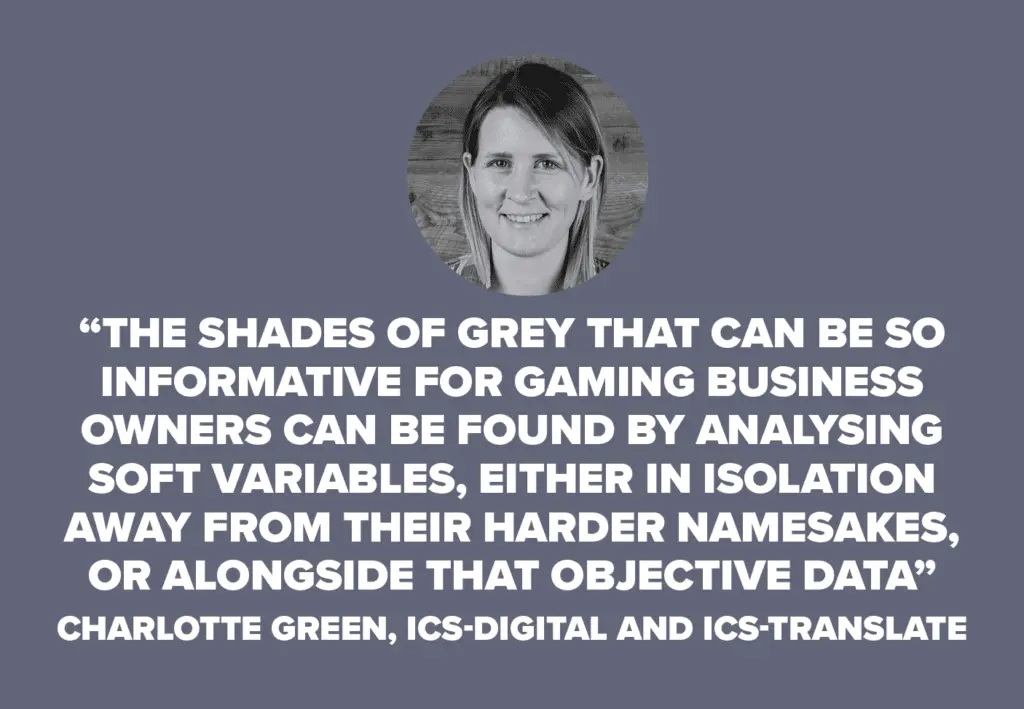

Charlotte Green considers some of the key questions affiliates and operators should ask themselves before diving into unfamiliar territory. This piece considers the all-important question of preparation, allowing businesses to “measure twice but cut once”
Identifying profitable new markets isn’t easy. If it was, the gaming landscape would be dominated by those whose deep pockets allow for constant, predictable and reliable investment in new territories and products.
While it’s impossible to ignore the big money moves of some international players, it’s clear that it isn’t a straightforward formula – and there are still opportunities for smaller and more agile businesses to succeed.
With that said, there are ways to significantly reduce the element of risk involved with breaking into new markets.
Across diverse areas of business focus, from content and localisation through to SEO and promotions/PR, ICS-digital has been tasked with reducing risk for operators and affiliates alike – but the pace of change is seriously increasing.
Slicing and cutting
One mistake that is tempting to make when working at pace is solely analysing hard variables. The problem here, though, is that by their very nature the information hard variables provide is rigid.
These variables provide black and white data designed to be sliced and cut, rather than information marked by shades of grey.
At ICS we work with brands across numerous sectors, looking to diversify in a manner that delivers a proper return on investment. Let’s break this down further.
Grey is the new black
Shades of grey can provide the sort of insights that can make a move into a new market one worth the risk – or one worth dodging entirely.
These shades of grey can be found by analysing soft variables, either in isolation away from their harder namesakes, or alongside that objective data.
Consider this hypothetical example: You’re an established operator providing betting, casino, poker and lottery games to a generally engaged demographic in the UK. Branching out to a new territory is a risk, but one ripe with opportunity.
Looking at hard variables for Territory A, you might find that the age, gender split and income level could dictate that products most traditionally appealing to young males will provide the lowest level of risk.

However, data from the soft variables analysed in addition to the hard data might show that yes, young males dominate the demographic of Territory A, but what lies behind their purchasing motivations? Do they place a heavy emphasis on convenience? Variety? Price point? Perceived value against outcome?
These considerations might skew your opinion of Territory A, from one ripe for a premium gaming product to one boasting value and range of choice at its core.
Lottery surges
Arguably, it’s for this reason that online lottery games have tended to be one of the main international weapons when established brands attack new, unfamiliar territories, and indeed why lottery is predicted to be one of the biggest growth products over the next 10 years.
In recent months, online lottery operators reported a significant surge in interest when US lottery jackpots passed the $400m mark.
Significantly, interest in local and domestic products fuel knock-on interest in the equivalent international product. A spike in the US in terms of jackpots, for instance, can result in heightened interest in niche lotteries from the Asian markets.
Think ‘search-first’
Another focus for digital agencies is to help brands explore the keyword data in the markets they’re looking to enter, alongside some intelligent competitor analysis.
The latter can take the form of measuring the size of the market and competitors in a given territory to help size up the business potential. It can also be a case of analysing where your competitors currently get the highest proportions of their traffic from and drawing up a similar hitlist in terms of expansion over time.
This can be done on a broad level in terms of comparing different countries against each other, or, in the case of newly emerging markets like the US, it can be better to take a more granular, state-by-state approach.
However, it’s the former that can be seriously enlightening, and remember it’s not just what people search for, but how they search for it that’s important here.
Take, for instance, analysis of a particular territory that shows keyword similarities in terms of content and structure, versus another territory where the linguistic structure of search phrases markedly differs.
In the first example, you might decide that it’s a pretty cost-effective approach to repurpose content with very minor tweaks across online material when launching, as opposed to the required approach for the other territory, which demands investment in entirely new content that speaks to the different structure of that language’s search data trends.
Minimising the risk in this way by reducing the initial outlay required from a new market launch is a great way to relatively cut risk.
Avoid $10M risks!
Of course it goes without saying that once the hard bit has been done (deciding where and when to launch), you must, must, must make sure the more straightforward part is done right, especially if unfamiliar languages are central to the strategy.
After all, nobody wants to have the sort of $10m error on their hands that HSBC made when they launched their “Assume nothing” marketing campaign in new territories, translating the message to the entirely different and unfortunate “Do nothing”.
As new markets continue to open and mature, we’ve seen a number of pretty bold gaming companies choosing to invest specifically in market insight and competitor analysis to an unprecedented degree before launching digital projects and also translation/localisation projects.
Throughout last year and into 2021 ICS has provided ‘clinics’ for brands planning new market entries. Right now, we don’t see the pace slowing as gaming brands become more tactical and keen to ‘measure twice but cut once’.

Charlotte Green
is a founding director of ICS-digital and ICS-translate. Working with the wider team, Charlotte has grown ICS to reach the top 8 in the Prolific North rankings with digital marketing services now delivered in over 80 languages.
